China Through the Looking Glass: celebrating cultural interplay at the Met
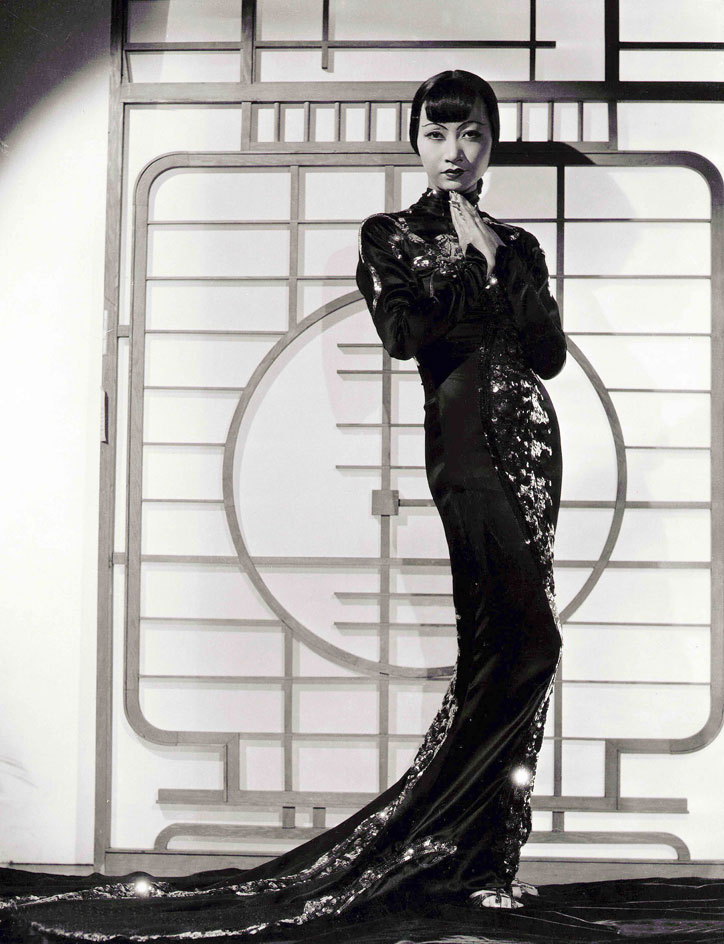
'The Met is only closed four times a year: Christmas, New Year's Day, Thanksgiving and the first Monday in May,' shouts a security guard patiently as tourists repeatedly approach a side entrance of the Metropolitan Museum of Art, trying to get in. That holiday-worthy first May Monday is reserved for what must be the museum's most glamorous event: the unveiling of the Costume Institute's annual spring exhibition, followed by a celebrity-studded gala to boot.
This year, the Costume Institute and the museum's Department of Asian Art have banded together to stage 'China Through the Looking Glass', an epic survey of Chinese fashion, film and culture and its lasting influence on the Western fashion world. It also coincides with the centenary of the museum's Asian Art department. Installed in the museum's Anna Wintour Costume Center and its Chinese art galleries directly above, the exhibition decodes iconic Chinese motifs, like chinoiserie, blue and white porcelain and embroidered silk robes, that Western designers have enthusiastically embraced from the 1920s to the present day.
Set against a cinematic backdrop of music and film clips, all selected and edited by the show's artistic director Wong Kar Wai, the exhibition presents over 140 ready-to-wear and haute couture creations alongside ancient Chinese artefacts and art pieces. Covering around 30,000 square feet (three times the size of the usual spring show), it unravels like a fantasy-like maze, taking visitors to Imperial China in one moment, then to the Maoist 1970s in the next.
The size of the exhibition is commensurate with its narrative arc, which explores the history of the influence of Chinese aesthetics on the Western imagination,' says the Institute's curator Andrew Bolton. 'The China reflected in the fashions of the exhibition is a fictional, fabulous dimension, offering an alternate reality with a dream-like, almost hallucinatory quality. The show is not about China per se, but the collective fantasy of China.'
In the Astor Court Garden, an indoor re-creation of a 17th-century Suzhou courtyard, the space has been cleverly transformed into a perspex lake that reflects a giant moon, while mannequins wearing heavy brocade gowns from John Galliano's Spring/Summer 2003 collection for Dior stand serenely in its midst.
In another gallery, qipaos (traditional Mandarin dresses) from the 1930s and more modern iterations by Marc Jacobs for Louis Vuitton are displayed as scenes featuring the dress in motion. Clips from Wong's In the Mood for Love and Ang Lee's Lust, Caution, are projected closeby. Throughout the show, mannequins wear specially designed headpieces and hats by the British milliner Stephen Jones.
In his address to the press, Wong shared, 'One of the most fascinating parts of this journey for myself was having the opportunity to revisit the Western perspective of the East through the lens of early Hollywood. It is safe to say that most of the depictions were far from authentic. In this exhibition, we do not shy away from these images because they are historical fact and their own reality. Instead, we looked for areas of commonality and appreciated beauty in a balance. We have tried our best to encapsulate over a century of cultural interplay between the East and the West.'
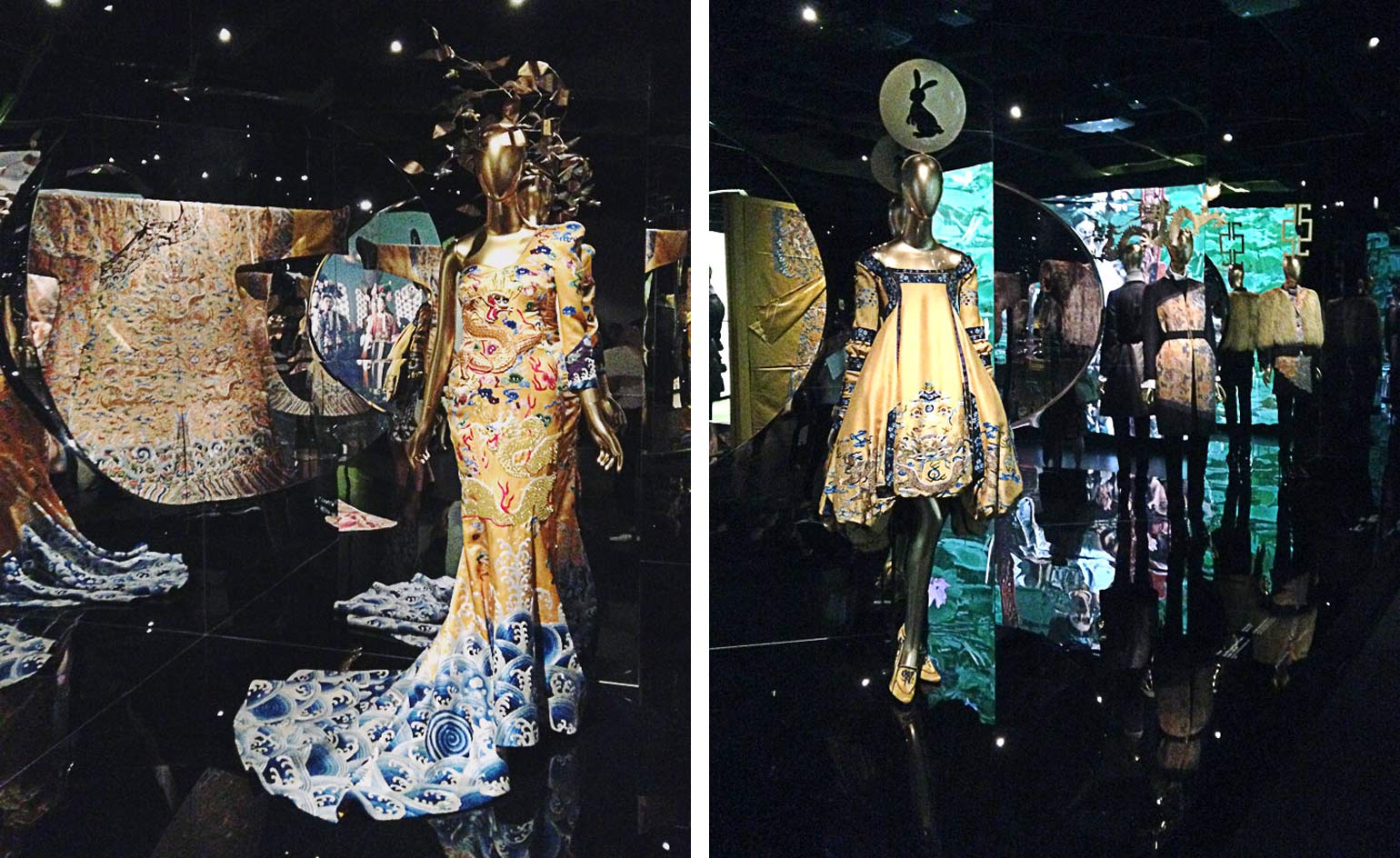
The exhibition is an epic survey of Chinese fashion, film and culture and its lasting influence on the Western fashion world
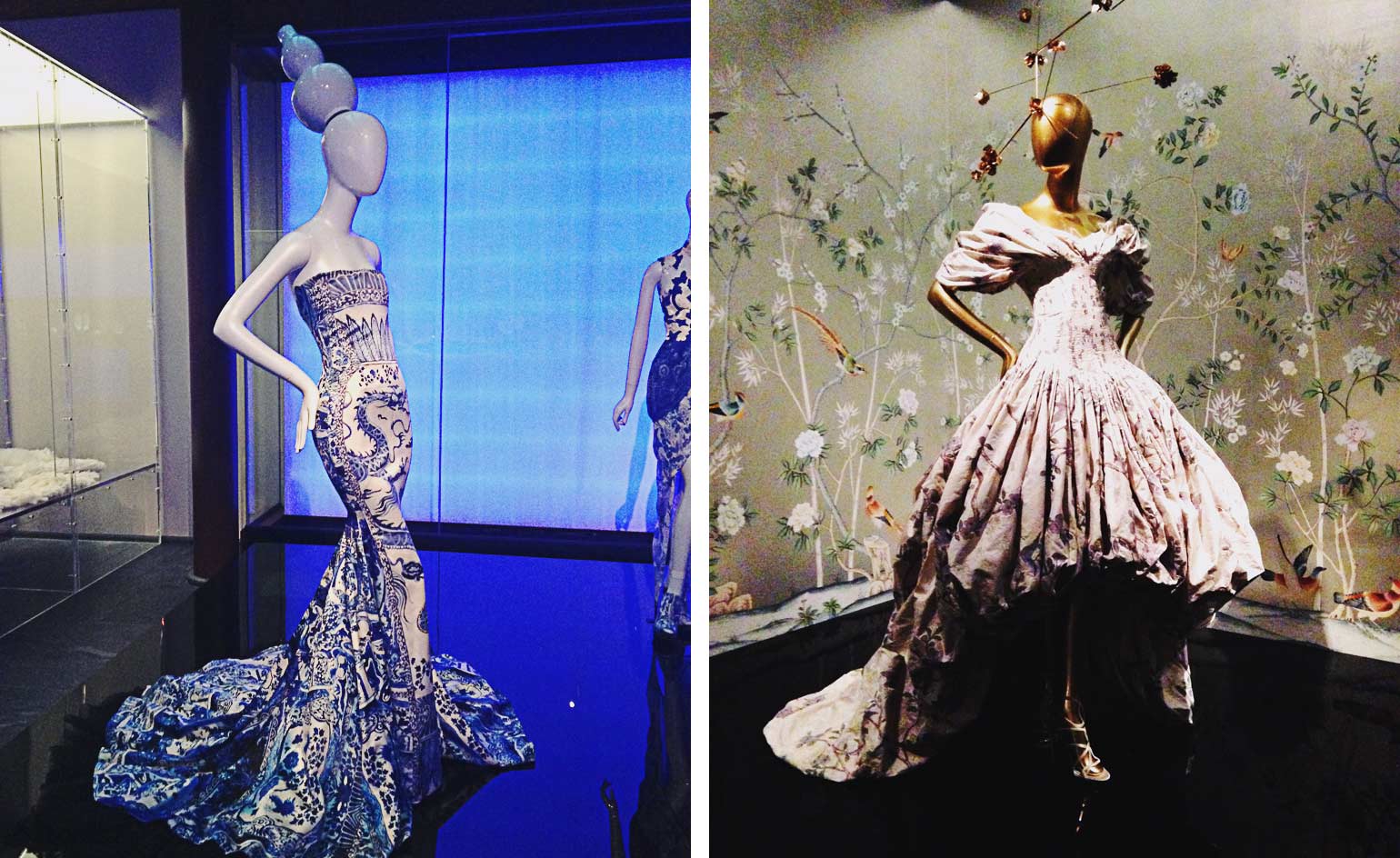
Installed in the museum's Anna Wintour Costume Center and its Chinese art galleries directly above, the exhibition decodes iconic Chinese motifs, like chinoiserie, blue and white porcelain and embroidered silk robes, that Western designers have enthusiastically embraced from the 1920s to the present day
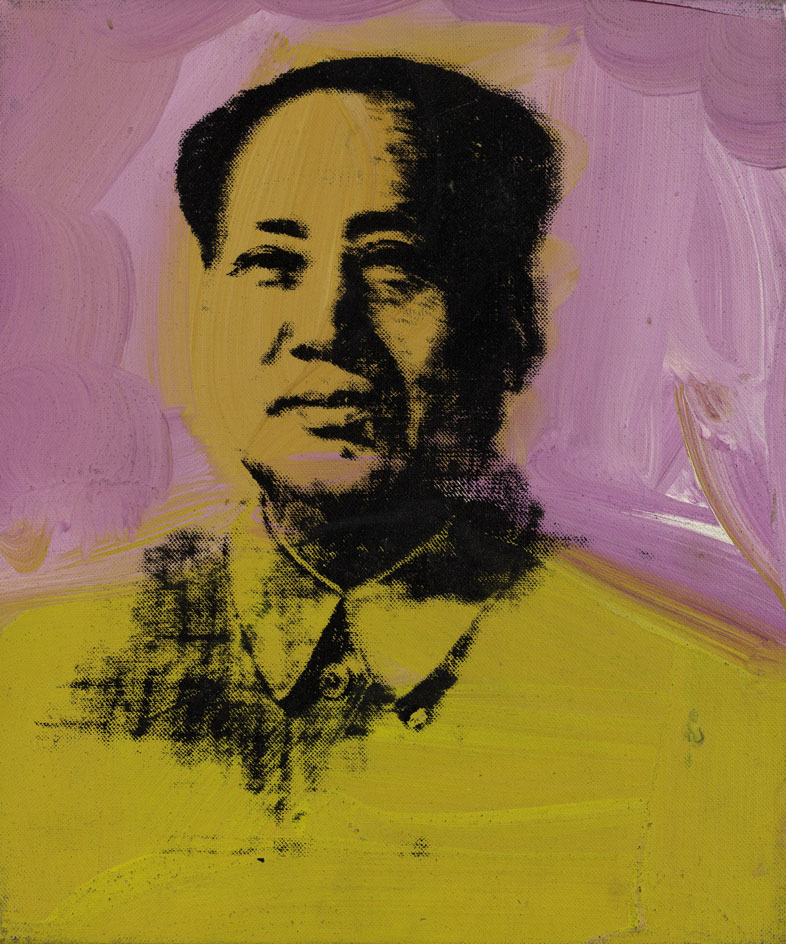
'Mao' by Andy Warhol.
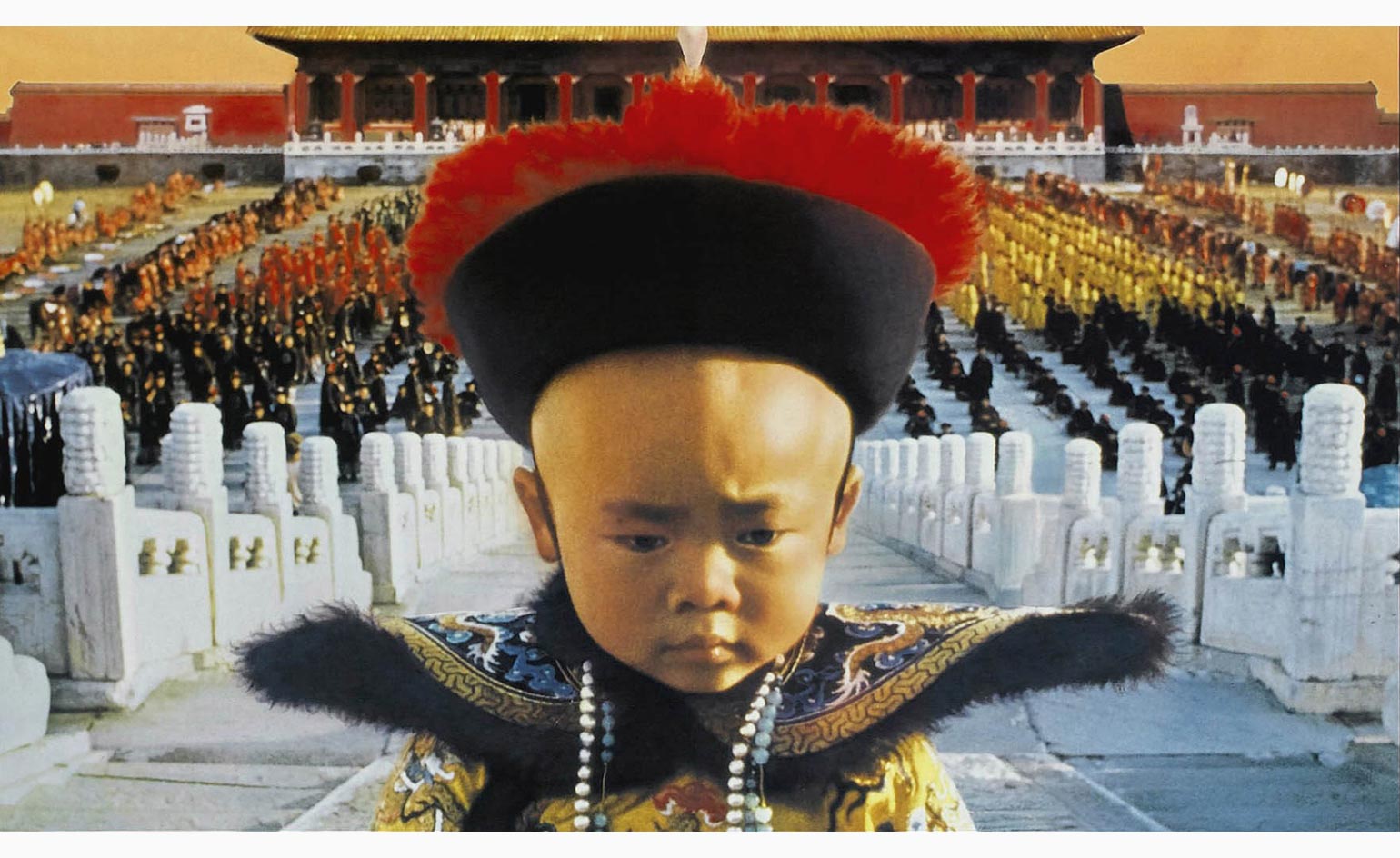
Film still from 'The Last Emperor', 1987.

Oei Huilan (the former Madame Wellington Koo) in 1943. Courtesy of The Metropolitan Museum of Art, © Condé Nast
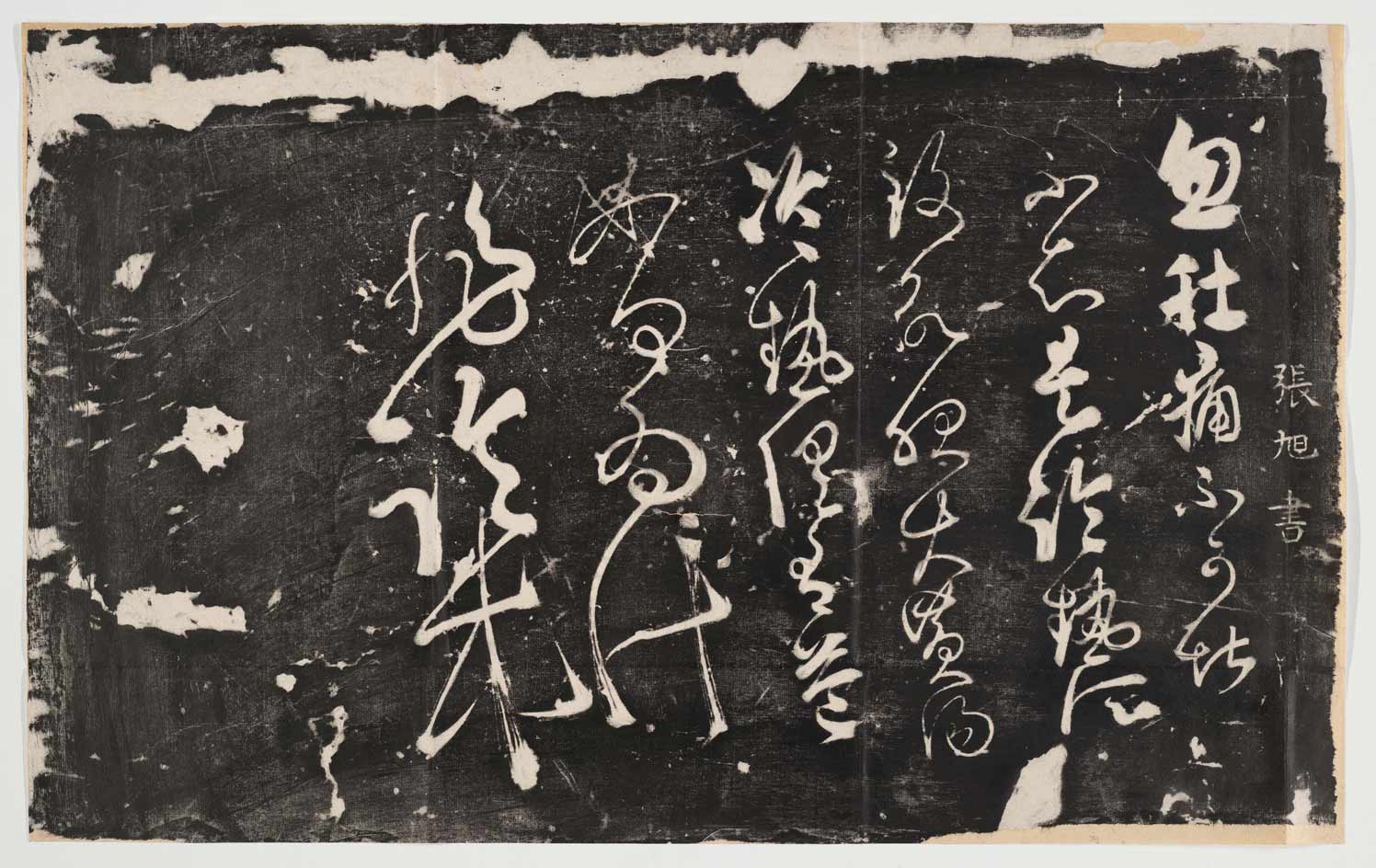
A 19th-century rubbing from a 10th-century stele describing a sudden stomach ache.
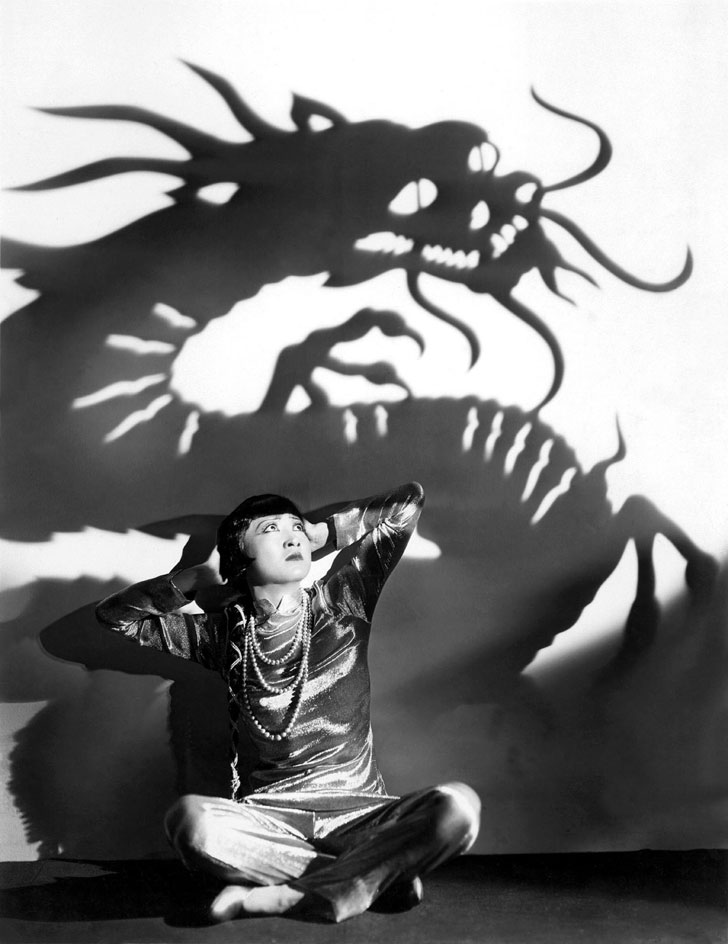
Film still from 'Daughter of the Dragon', 1931.
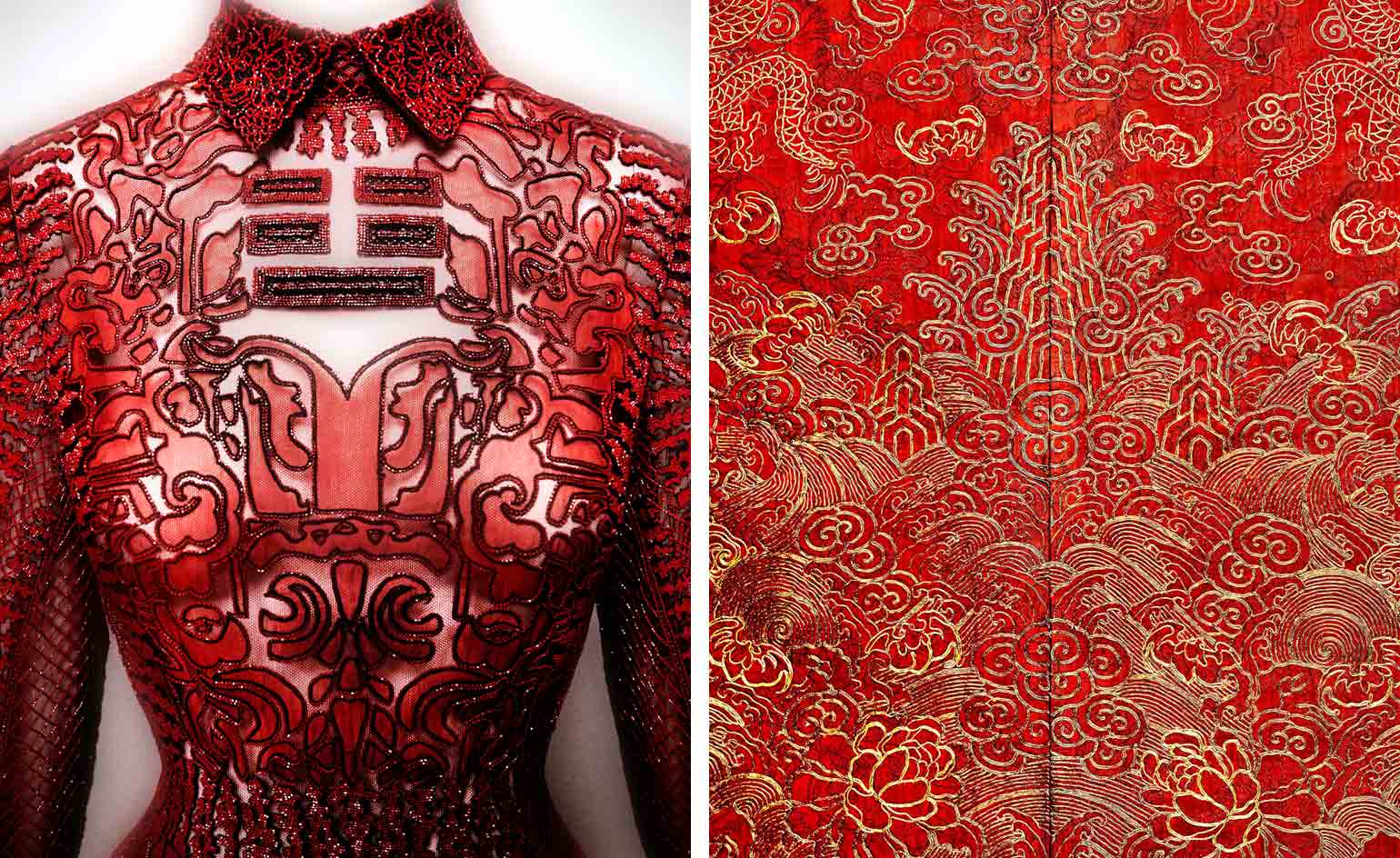
An evening dress from Valentino's SpA 2013 collection (right, Courtesy of Valentino) and a detail of Festival Robe, Qing dynasty (1644–1911) from the 19th-century.Courtesy of The Metropolitan Museum of Art
ADDRESS
1000 Fifth Ave
New York
New York 10028-0198
Receive our daily digest of inspiration, escapism and design stories from around the world direct to your inbox.
Pei-Ru Keh is a former US Editor at Wallpaper*. Born and raised in Singapore, she has been a New Yorker since 2013. Pei-Ru held various titles at Wallpaper* between 2007 and 2023. She reports on design, tech, art, architecture, fashion, beauty and lifestyle happenings in the United States, both in print and digitally. Pei-Ru took a key role in championing diversity and representation within Wallpaper's content pillars, actively seeking out stories that reflect a wide range of perspectives. She lives in Brooklyn with her husband and two children, and is currently learning how to drive.
-
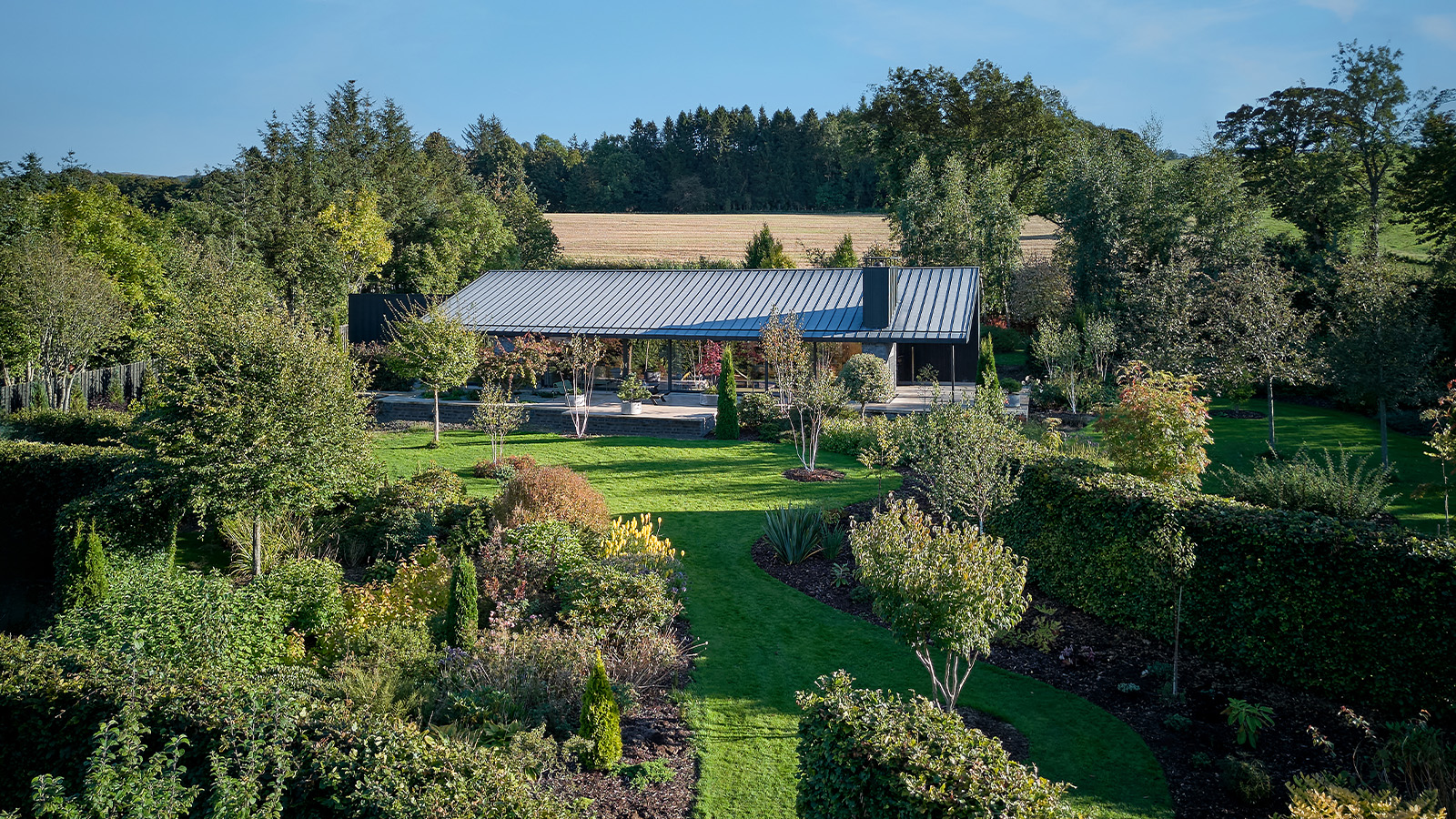 A compact Scottish home is a 'sunny place,' nestled into its thriving orchard setting
A compact Scottish home is a 'sunny place,' nestled into its thriving orchard settingGrianan (Gaelic for 'sunny place') is a single-storey Scottish home by Cameron Webster Architects set in rural Stirlingshire
-
 7 colours that will define 2026, from rich gold to glacier blue
7 colours that will define 2026, from rich gold to glacier blueThese moody hues, versatile neutrals and vivid shades will shape the new year, according to trend forecasters
-
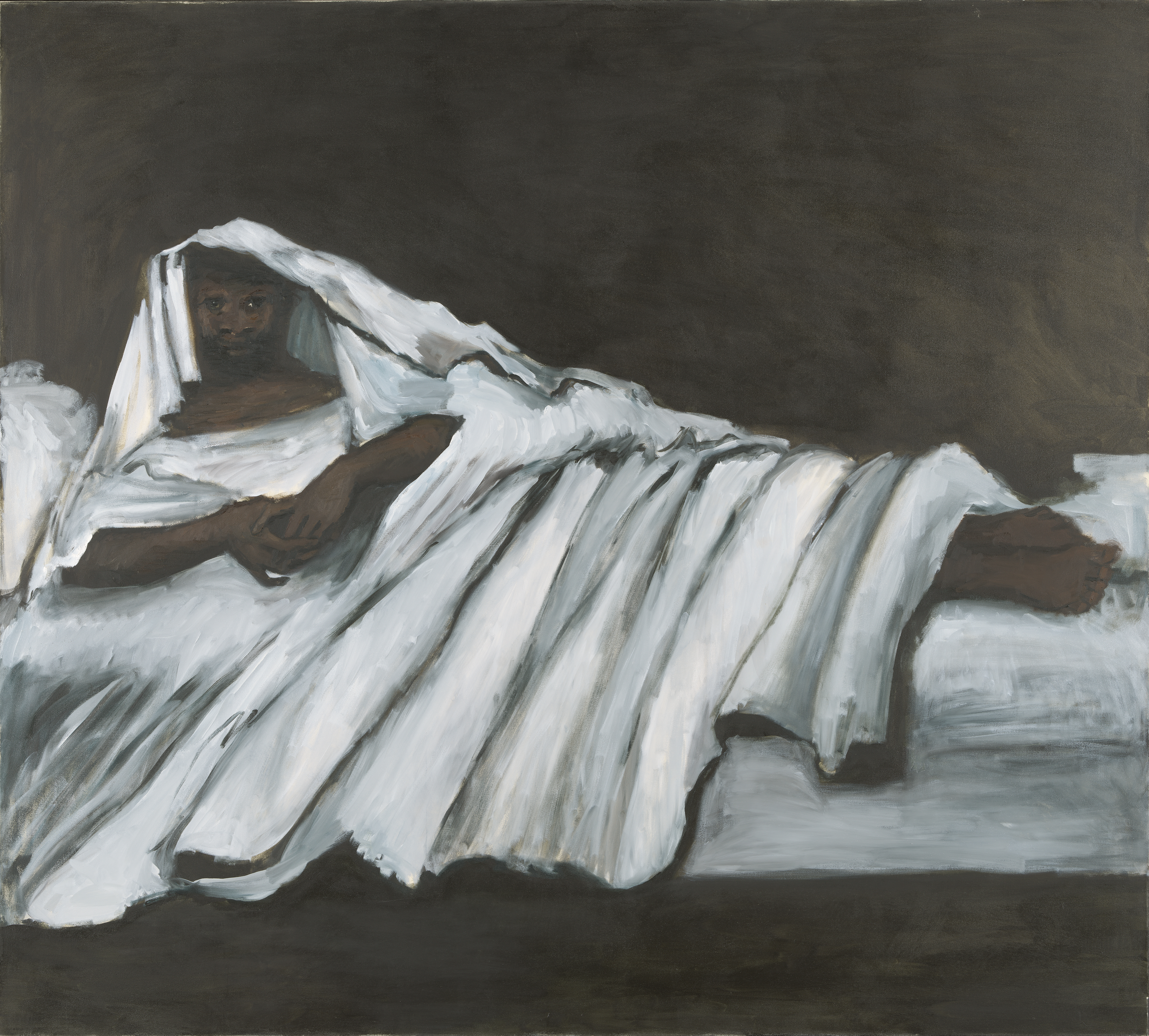 In Norway, discover 1000 years of Queer expression in Islamic Art
In Norway, discover 1000 years of Queer expression in Islamic Art'Deviant Ornaments' at the National Museum of Norway examines the far-reaching history of Queer art
-
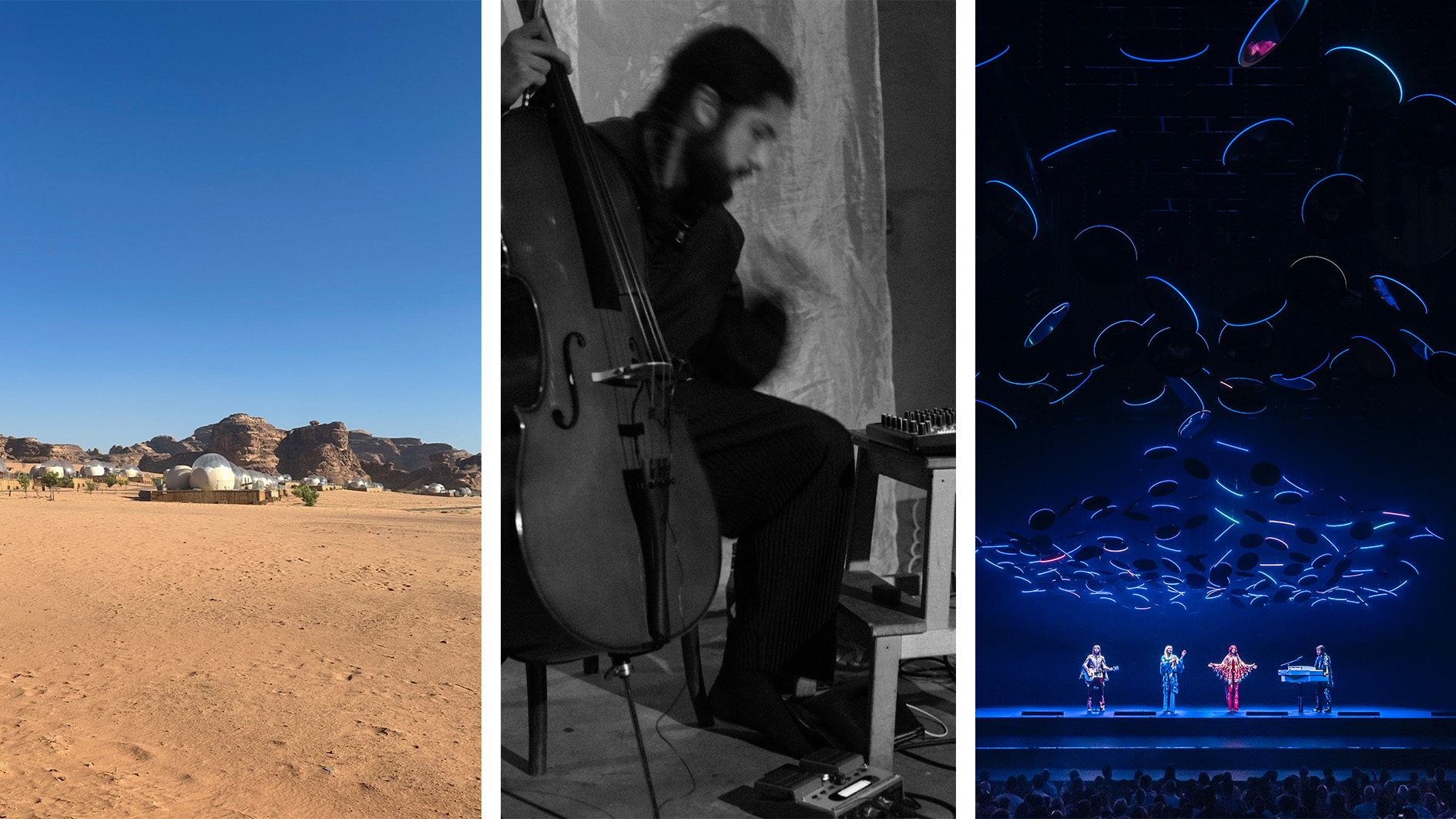 Out of office: what the Wallpaper* editors have been up to this week
Out of office: what the Wallpaper* editors have been up to this weekThis week saw the Wallpaper* team jet-setting to Jordan and New York; those of us left in London had to make do with being transported via the power of music at rooftop bars, live sets and hologram performances
-
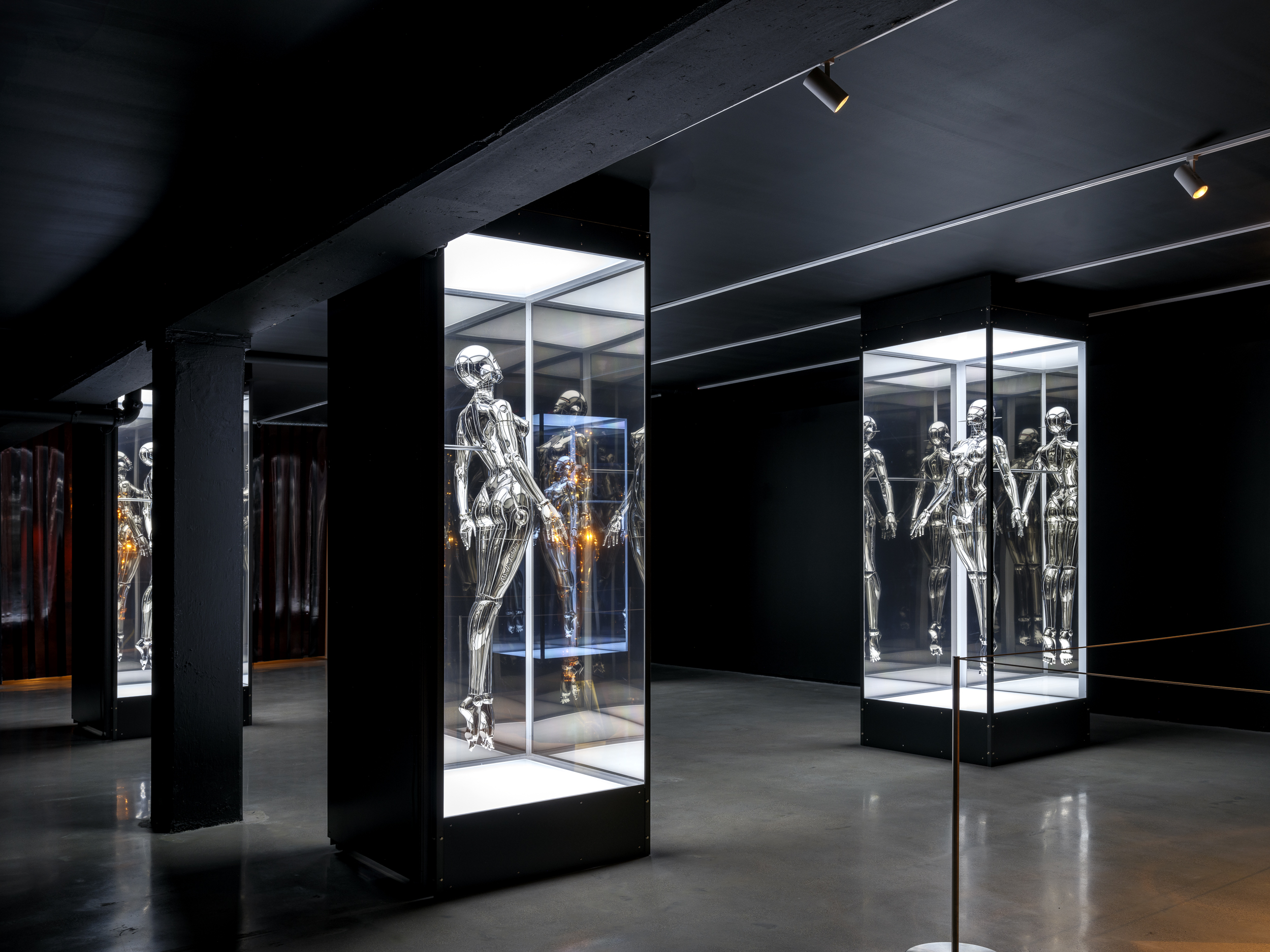 Miami’s new Museum of Sex is a beacon of open discourse
Miami’s new Museum of Sex is a beacon of open discourseThe Miami outpost of the cult New York destination opened last year, and continues its legacy of presenting and celebrating human sexuality
-
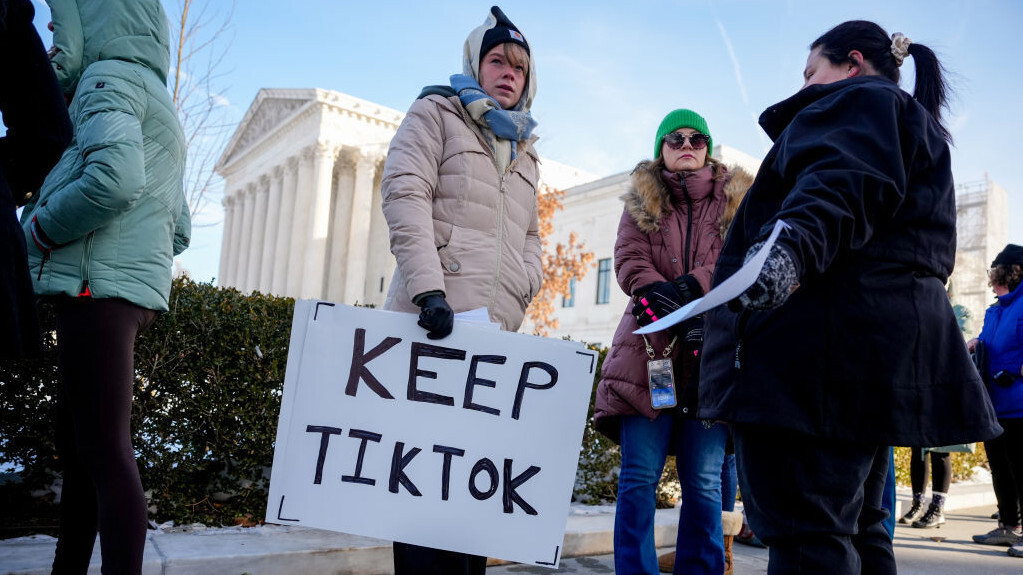 What is RedNote? Inside the social media app drawing American users ahead of the US TikTok ban
What is RedNote? Inside the social media app drawing American users ahead of the US TikTok banDownloads of the Chinese-owned platform have spiked as US users look for an alternative to TikTok, which faces a ban on national security grounds. What is Rednote, and what are the implications of its ascent?
-
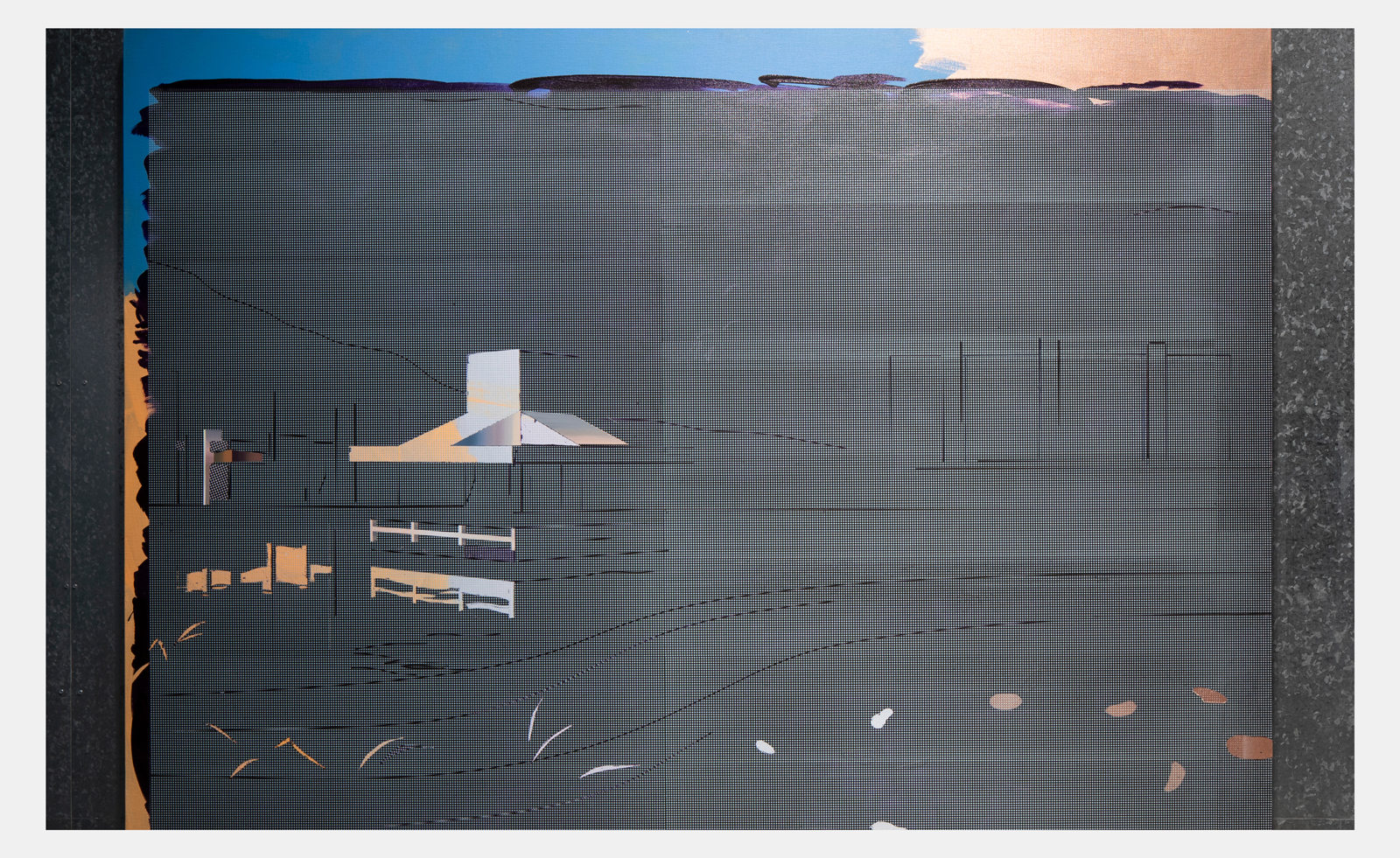 Cui Jie revisits past utopian architectures in her retro-futuristic cityscapes
Cui Jie revisits past utopian architectures in her retro-futuristic cityscapesCui Jie responds to the ‘Cosmos Cinema’ theme of the Shanghai Biennale 2023
-
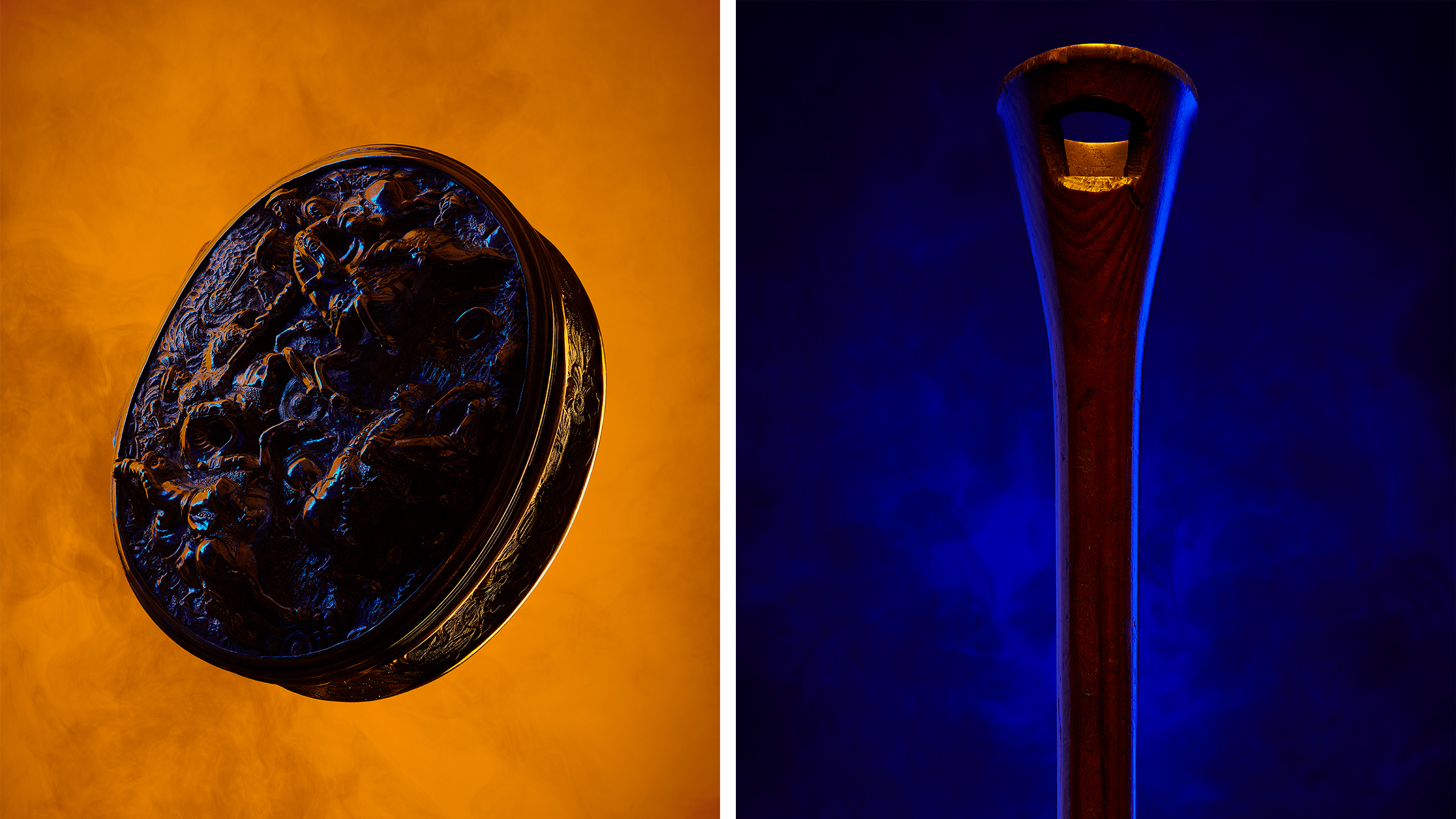 Royal College of Physicians Museum presents its archives in a glowing new light
Royal College of Physicians Museum presents its archives in a glowing new lightLondon photography exhibition ‘Unfamiliar’, at the Royal College of Physicians Museum (23 January – 28 July 2023), presents clinical tools as you’ve never seen them before
-
 Museum of Sex to open Miami outpost in spring 2023
Museum of Sex to open Miami outpost in spring 2023The Museum of Sex will expand with a new Miami outpost in spring 2023, housed in a former warehouse reimagined by Snøhetta and inaugurated with an exhibition by Hajime Sorayama
-
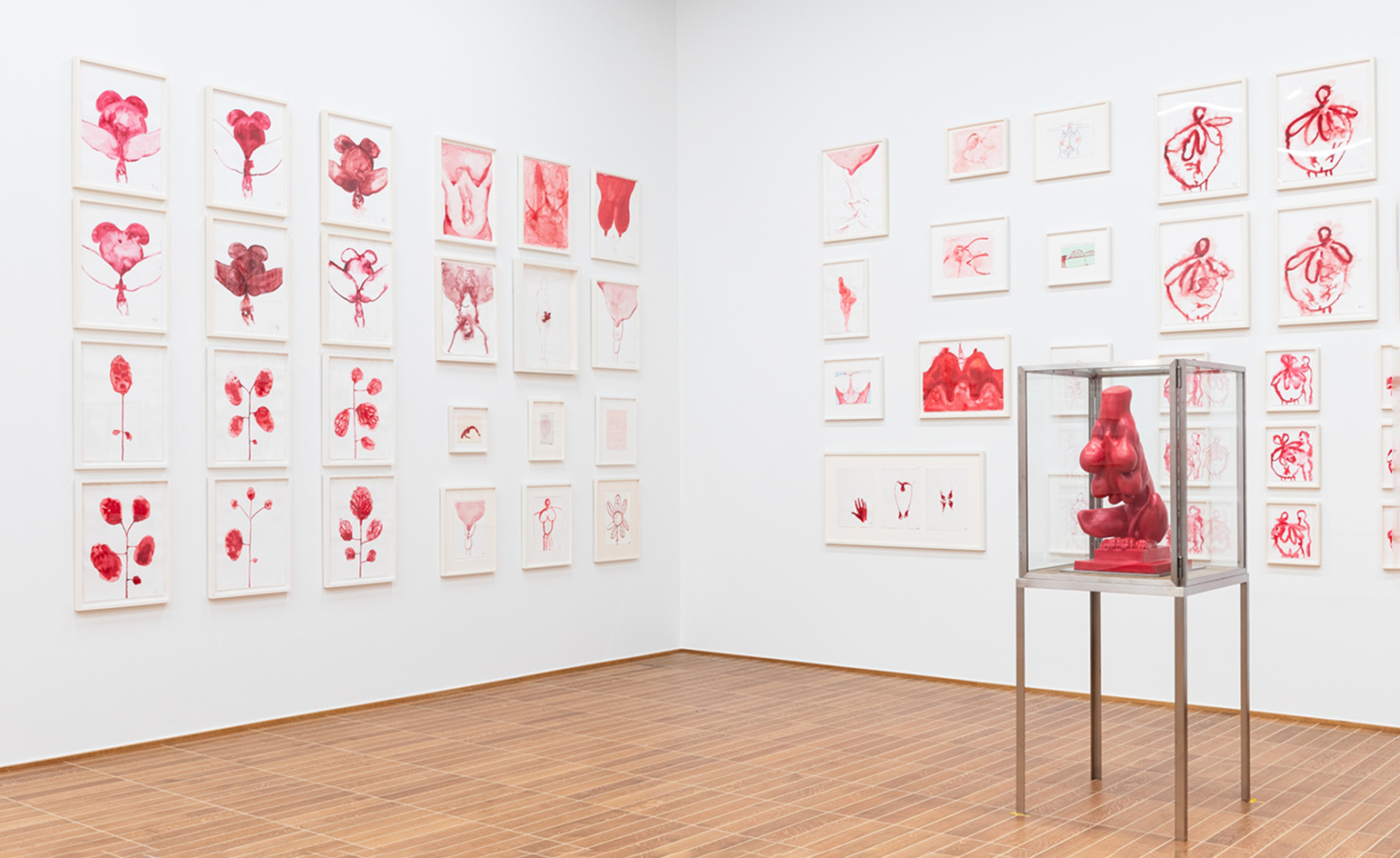 Jenny Holzer curates Louise Bourgeois: ‘She was infinite’
Jenny Holzer curates Louise Bourgeois: ‘She was infinite’The inimitable work of Louise Bourgeois is seen through the eyes of Jenny Holzer in this potent meeting of minds at Kunstmuseum Basel
-
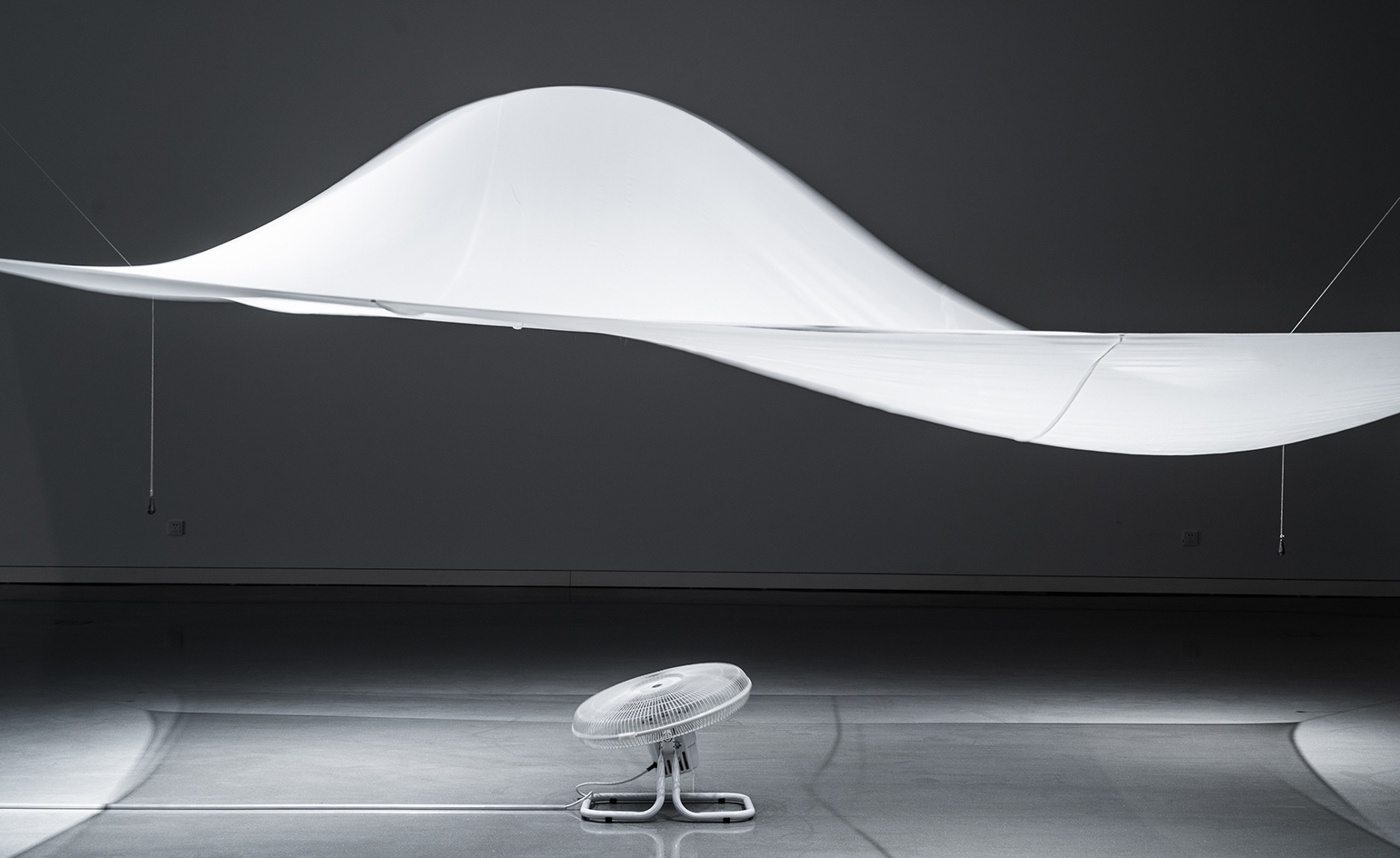 ‘A Show About Nothing’: group exhibition in Hangzhou celebrates emptiness
‘A Show About Nothing’: group exhibition in Hangzhou celebrates emptinessThe inaugural exhibition at new Hangzhou cultural centre By Art Matters explores ‘nothingness’ through 30 local and international artists, including Maurizio Cattelan, Ghislaine Leung, Hiroshi Sugimoto, Liu Guoqiang and Yoko Ono